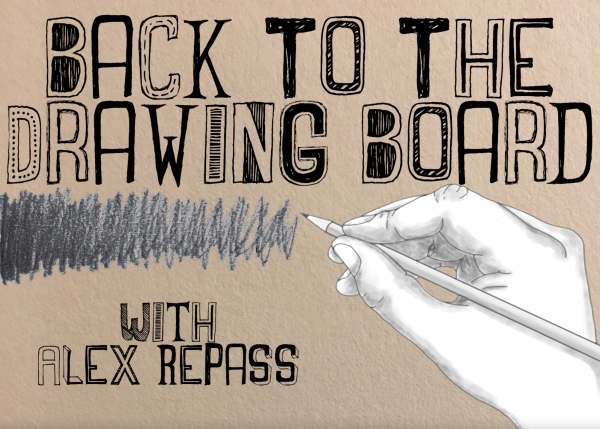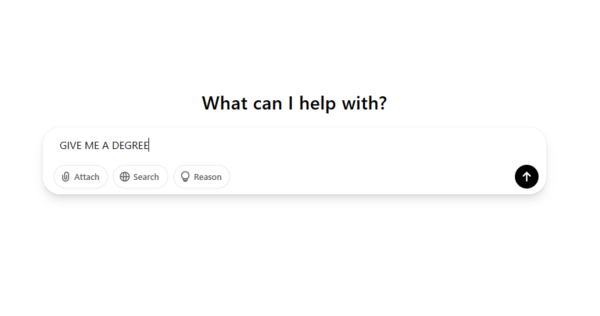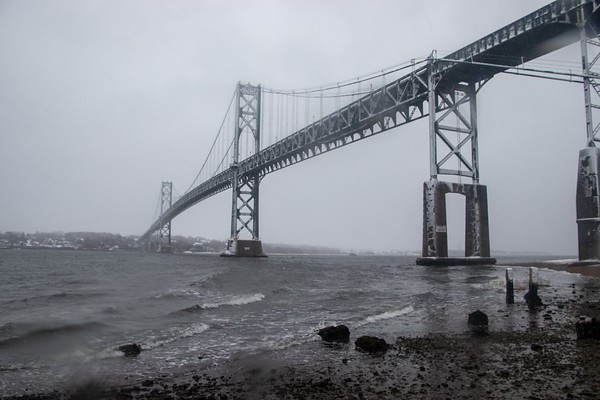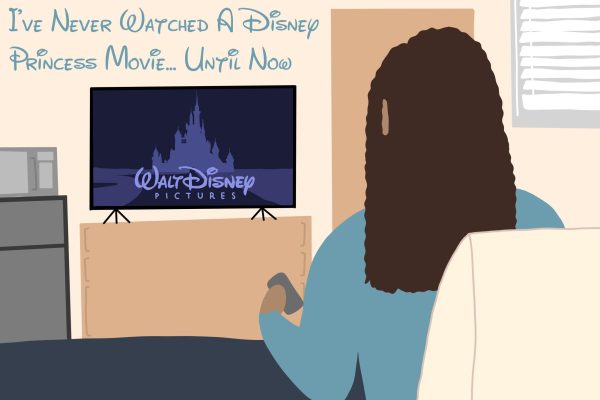Accessibility of art at the RWU library
The accessibility of artwork in the Roger Williams University library is not inclusive. According to the Student Accessibility Services, “students with documented disabilities or significant medical conditions, who are registered with Student Accessibility Services, make up 10 to 15 percent of the Roger Williams University student population”. This makes up a significant portion of students who are not properly represented by the accessibility of the artwork on the first floor of the library.
Through my own observations, the first floor of the university library is divided into two exhibition spaces. On the right side, there are two main displays. One is a glass cabinet, directly behind the librarian’s desks, and the other exhibit is over by the two oil paintings in the back on the right side of the library. In the glass cabinet, there are regular ongoing exhibitions, ranging from various projects of art students, to research projects related to work being done on campus. The other hosts the two oil paintings that hang permanently, and it is protected with two retractable barricades, with two folded bar tables right beside. To the left of the entrance, there are photographs that were taken by students.
One of the first issues I discovered was the complete lack of any wayfinding for the artwork in the library. It was impossible for me to know where anything was located until I walked around the entire first floor and found all of the art. Every piece of art, to some extent, is not available to be properly viewed. The most egregious offense to the artwork in the library is the physical pieces of furniture blocking the art. Some placards are entirely missing or blocked, in one particular example by a plant, and the space around the art is tight and narrow, making it difficult to view appropriately. These narrow paths and blocked art make it especially difficult for students who have mobility issues to experience the artwork. According to ADA (American Disability Act), the width required for a single wheelchair passage shall be 32 to 36 inches. However, the most direct path to the oil paintings only has a clearance of 10 inches, which meets the standards of the ADA, but is still narrow and difficult to navigate. The small spaces lead to inadequate space to comfortably view the art.
There is also a lack of dedicated placement for artwork, so anyone who can not stand for long periods of time has nowhere to sit comfortably. Construction of the library was finished in 1991, which is prior to the ADA legislation being updated in 2010, making the design of the architecture outdated. There are pillars blocking views, and the accessibility of the artwork seems like an afterthought rather than a priority of the library. For example, one of the oil paintings is not able to be seen until the viewer gets directly in front of it as a pillar is blocking its view. In addition, as all of the main art pieces are in the back of the library when you enter the space, it is hard to even notice that there is any art on display at all. For anyone with disabilities, and those without, the artwork is essentially not viewable since furniture is blocking access to them, placards are missing or hidden, and general architecture hides them from plain sight.
There are several simple immediate changes that could be made, as well as long-term changes that can increase accessibility to artwork in the library while opening opportunities for future exhibitions. A quick means to correct these mistakes would be to alter the layout of the library so that the artwork could be discovered, and the pathways around could be widened to make it easier for those in wheelchairs to navigate. This could be achieved by moving furniture and obstructions interrupting their view, or possibly moving the artwork to a more open and engaging location. I recommend working with architecture major students, who could make suggestions for more efficient use of the space.
Other simple actions include enlarging the placards so that they can be easily seen and read, and just simply adding a placard where ones are missing is also necessary for viewers to properly appreciate the artwork. For a better solution, I propose to print out a brochure of the various artworks in the library, and have the information, such as the name and the artist. These brochures could be located right at the main entrance, or at the librarian’s desk making them easy to find and accessible for all students. A modern solution would be to have a QR code next to the painting so that students could scan with their phones and bring up information about the piece.
As there is a need for conversation, especially re-organizing or even re-modeling the interior space that is already built, rather than preserving as it is now, discussion for improving spatial mobility with evaluation is essential. The best way to resolve these issues would be to rearrange the layout of the floor with architecture major students, who could make suggestions for more efficient use of the space that is currently available. Architects are people who can evaluate space and better suggestions for better utilization of the library space. This would be a practical project for the students, and it would be of benefit to everyone else on campus, and a project that the School of Architecture, School of Engineering, Computing, and Construction Management could build and maintain for the university. All of these solutions would invariably accommodate a form of universal design that is equally accessible to everyone.
There is a distinct lack of any way-finding making it impossible to know where artwork is displayed. These maps could be in physical form at the librarian’s desk, or accessible online. In addition, other museums have begun outreach programs to speak with visitors to see what works for them, what is hard for them, what needs the museum meets and what needs it lacks. Roger Williams University could conduct this same questionnaire to get a general sense of how students view art, what they think is good or missing, and what they would need to make their experience better. In conclusion, it became clear the artwork in the space took on the role of being decorative instead of maintaining the respect the art deserves.
Artwork inside the library loses its value when it is reduced to being decorative wallpaper. If it were to be treated as the art that it is, then it would be maintained and the spaces that have the art would ensure that they are always accessible and treated with the respect that is due to the audience, artist, and the art itself.





